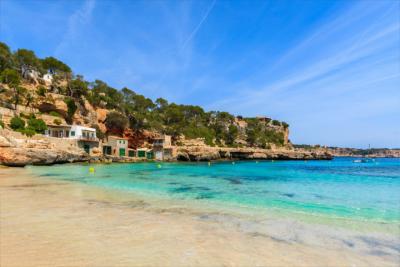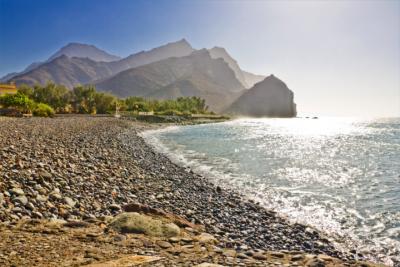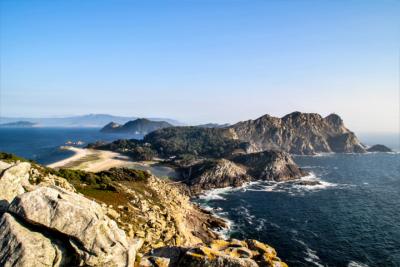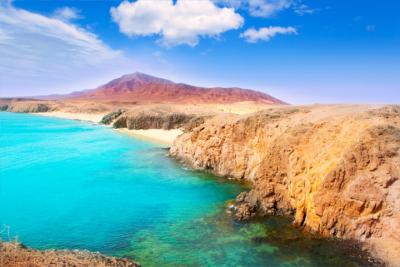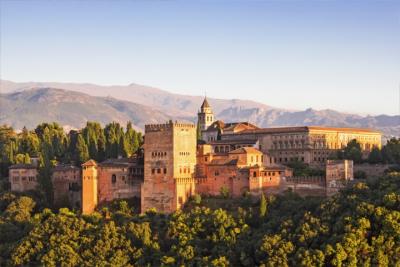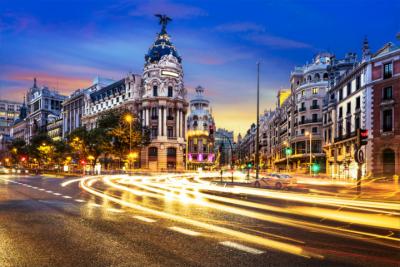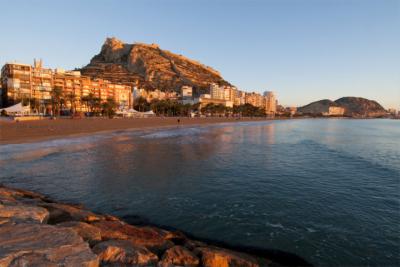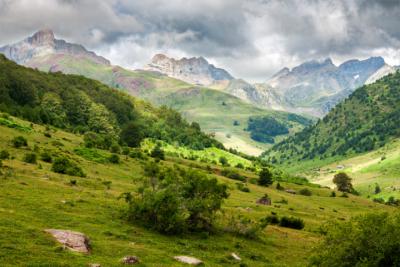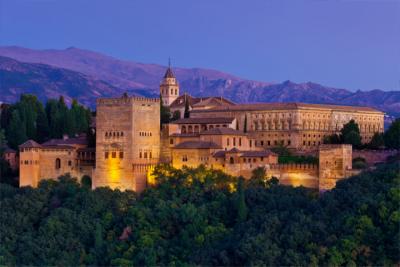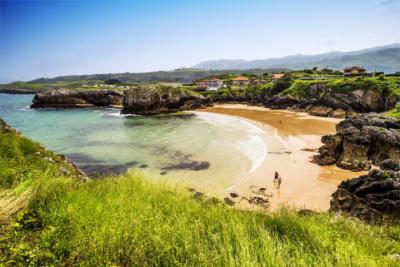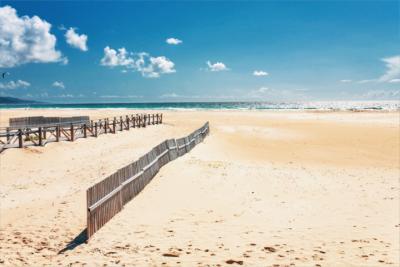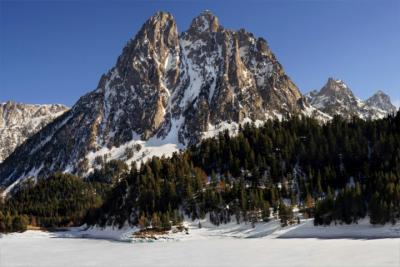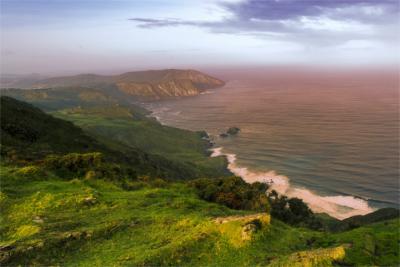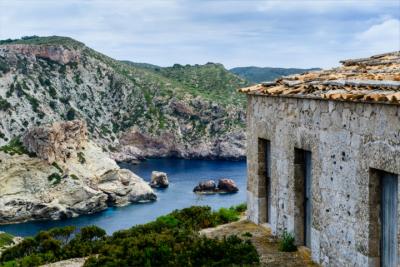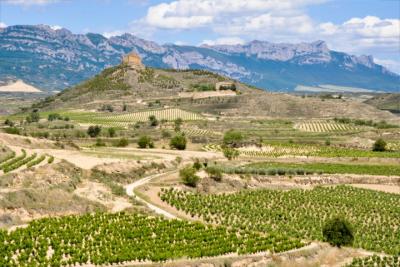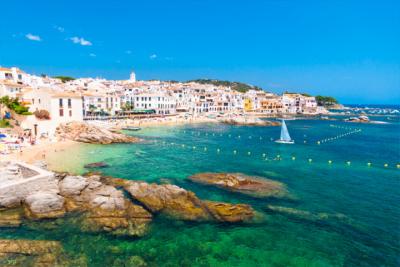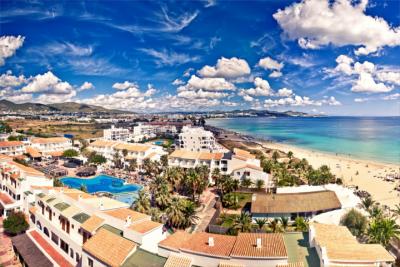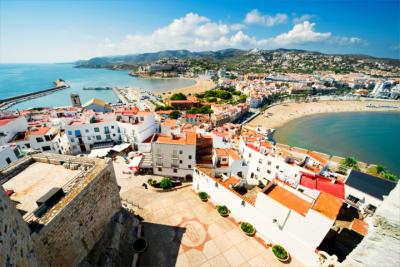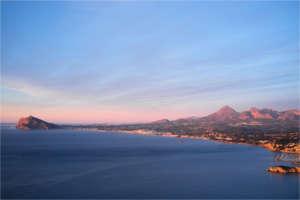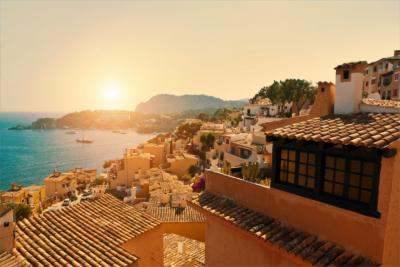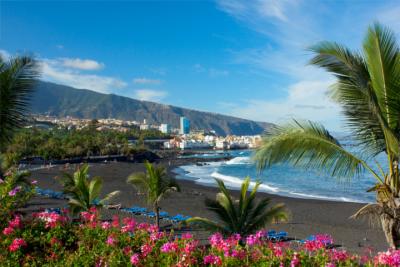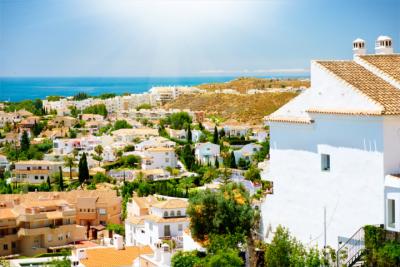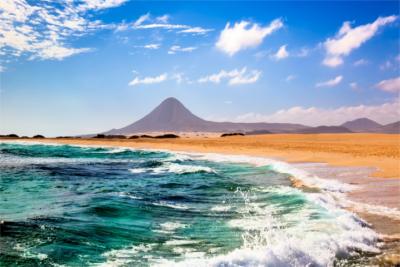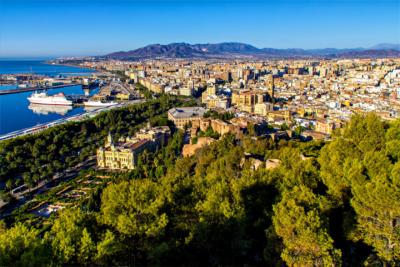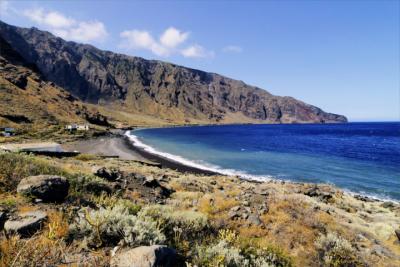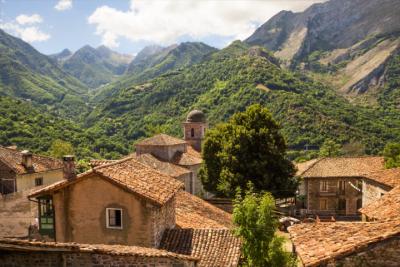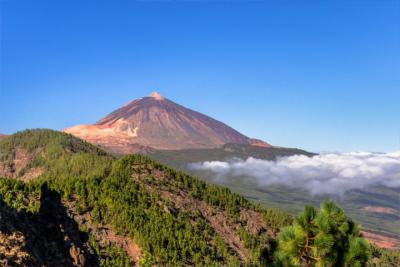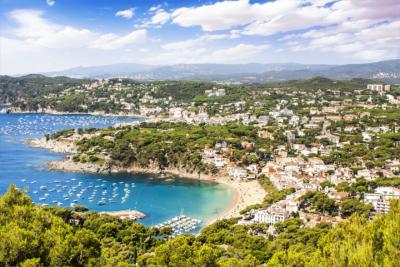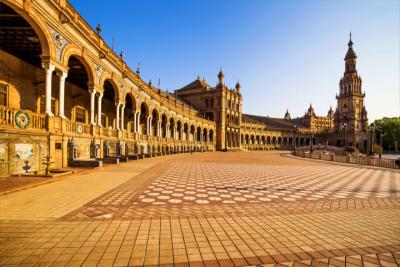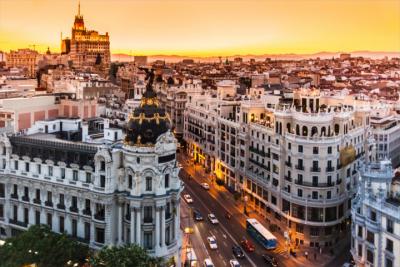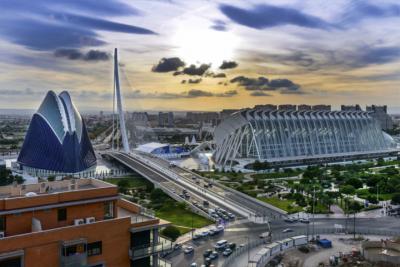Travel Offers
Travelmyne Featureprint
Distance
Murcia - The Hottest Region in Spain
With 300 sunny days per year and a warm salt lagoon, Murcia is the ideal destination for relaxing holidays. While the popular Costa Cálida allures with long beaches and small bays, the heartland offers green, fertile and artificially irrigated strips of land.
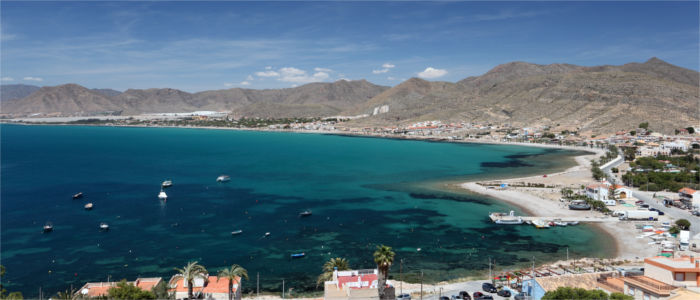
Geography - One of the driest European regions
Murcia is a region at the Mediterranean coast in the south-east of Spain, which has an area of 11,300 km². This autonomous community is enclosed by Valencia, Castilla-La Mancha and Andalusia and consists of only one province as well as a capital of the same name. Murcia is one of the driest regions in the whole of Europe with about 300 sunny days per year. Its Mediterranean climate causes mild winters and hot summers with temperatures of up to 50 °C. This is the reason for the constant water shortage in the province. The region is crossed by the Baetic Cordillera and its highest mountain is the Revolcadores with a height of 2,015 metres.

Nature - Long, fine beaches and a salt lagoon
Murcia's nature is most of all known for its Costa Cálida, a coast line of 250 kilometres of length. Long fine sandy beaches, which are partly interrupted by the mountainous landscape and lined with Mediterranean dwarf palms, oleander and pricky pear, are characteristic of Murcia's coast. A very popular beach is the Las Delicias near Águilas, which has been awarded with the Blue Flag (given to high-quality, environmentally compliant beaches). A special - if not Murcia's most frequently visited - attraction is the Mar Menor, which is the greatest saline inland water in Europe. This saltwater lagoon is separated from the Mediterranean Sea by a sandbank ("La Manga") of 24 kilometres of length. Its maximum depth of 2 metres causes the water temperature to be five °C higher than in the sea. Due to its idiosyncrasies, you find animals in this water which do not normally exist in this climate zone such as flamingos, gilt-head breams, squids or groupers. The regional park Calblanque is close to Mar Menor and also offers beautiful sandy beaches and small, quiet bays, which make it possible for visitors to bathe without being watched. Other natural sights in Murcia are the bays of Cartagena and unique erosion formations like those in Mazarrón. There are green, rural, artificially irrigated areas (Huertas) in the region's heartland, which contrast with the barren, dry regions and mountain chains. The mountain ranges of El Carche, Espuña, La Pila and Ricote reach heights of up to 1,000 metres. One of the region's highest areas is the Revolcadores (2,027 m).

Culture - Following the tracks of bygone times
Murcia was an important centre of trade in ancient times. After the Punics had conquered the territory - and founded the seaport town Cartagena - the region was the starting point for Hannibal's campaign against the city of Rome. As part of his defeat, Murcia fell into Roman hands. There even was an independent kingdom of Murcia, which was founded by a Muslim ruler of the name Ibn Hud, in the 19 years from 1224 to 1243. Many of Murcia's cities show tracks of these bygone eras. Remnants of the years of Moorish rule are, for example, several fortifications and the Roman era left many impressive sacred buildings. In the capital Murcia, which is a significant university town and Spain's seventh biggest city, you see a Roman castle, the remains of an Arab castle and an impressive statue of Christ in Monteagudo. This town also accommodates a cathedral, the church San Nicolás de Bari and several museums (Museum of Fine Arts, Archaeological Museum, Museum of the Monastery Santa Clara la Real, Museum Salzillo). Another popular destination is the seaport town Cartagena, in which you can still see signs of the former Roman rule. Its main attraction are the town walls, the harbour, the Roman theatre as well as the Castillo de la Concepción (70 m above the city). The town Lorca with its magnificent Baroque buildings, the seaport town Águilas as well as Caravaca de la Cruz are also worth a visit. The latter is known as the Holy City of the Roman-Catholic Church, in which a holy year is celebrated every seven years.

Experience - Relaxation, recreation and processions
Murcia is very popular and known for its countless health and beauty services. Several beaches and the salt lagoon Mar Menor are true beauty and health resorts due to their high salt content. The region's cuisine is characterised by vegetable stews, salads, rice and bean dishes as well as seafood. Most dishes are prepared following traditional recipes and using regional products from the fertile Huertas and the Mediterranean Sea. One speciality from Murcia is the pastel de carne murciano, a savoury puff pastry stuffed with tomatoes, green peppers, chorizo, ham and boiled eggs. In Murcia, as in any other Spanish region, the influence of the Catholic Church is especially noticeable. A special event is the "Semana Santa" (Holy Week), which has been taking place once a year since the 19th century. The great processions, in which thousands of people walk a certain path starting at a local church or cathedral, are a memorable spectacle. The greatest processions of all take place in Lorca. Other extraordinary events are the flamenco festival Cante de las Minas in La Unión and the Virgen del Carmen in San Pedro del Pinatar.

Activities - A paradise for bathing, water sports and golfing
Due to its location at the Mediterranean coast and the Costa Cálida, Murcia is the perfect destination for a holiday at the seaside and numerous water sports. Surfing, sailing, diving or kayaking are possible on the Mar Menor at any time of the year. Cyclists, on the other hand, can go on a tour around the salt lagoon. In addition, the range of golfing opportunities in the region is being increased constantly. Golfers can already pursue their hobby on ten courses between the cities Murcia and Cartagena.
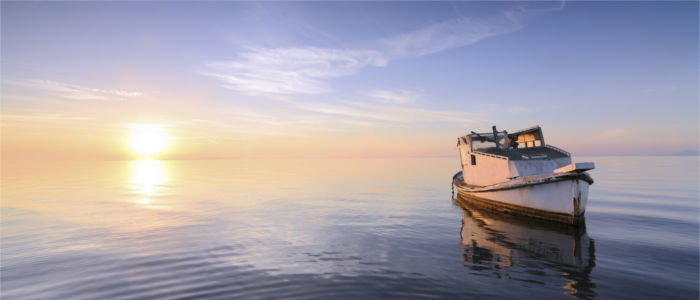
Information
Many travellers consider the summer the best time for visiting Murcia. With temperatures of 35 °C outdoors and 24 °C in the water, this season is ideally suited for sun-worshippers. Holidaymakers who like it a bit cooler should travel Murcia in winter. Even at that time of the year the region has pleasantly mild temperatures. If you want to bathe in the sea, however, you have to brace yourself for water temperatures of 12 to 15 °C.
Holidays in Murcia promise relaxation and recreation as well as cultural experience. For many travellers a journey to Murcia with its Mediterranean climate is the perfect way of escaping the cold and humid autumn or winter months in their homeland.


